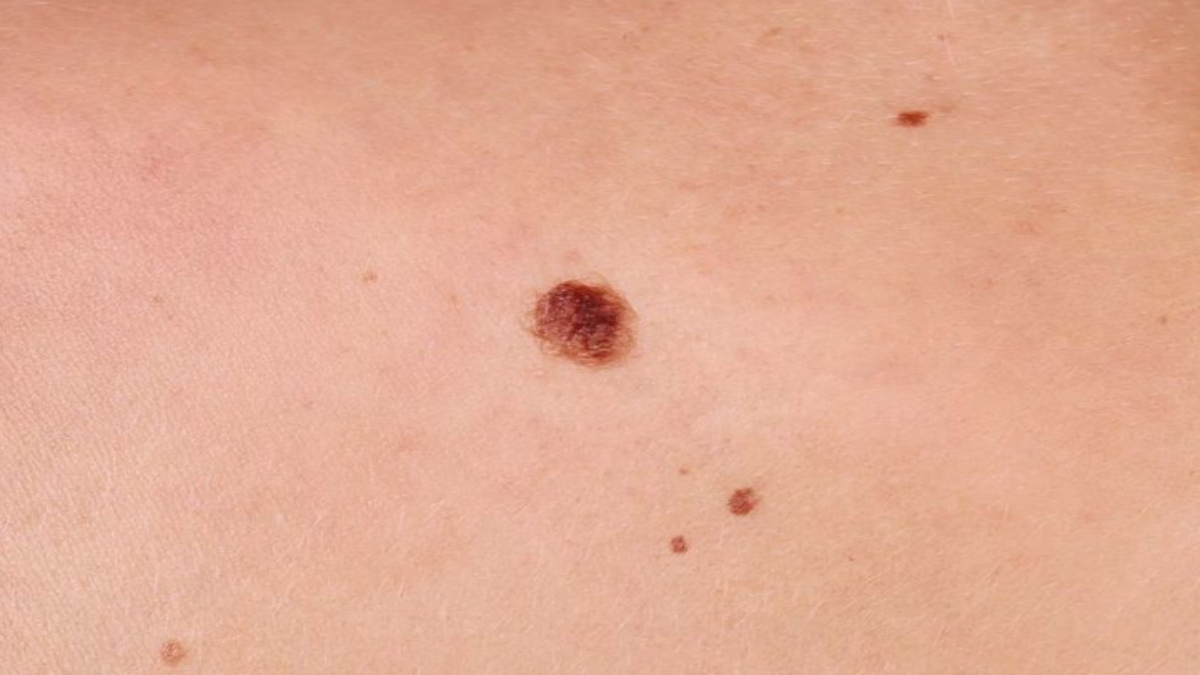Melanocytes are cells that give colour to the skin to protect it from the sun’s rays. Specific changes to the DNA sequence of melanocytes, called BRAF gene mutations, are found in over 75 per cent of moles. The same change is also found in 50 per cent of melanomas and is common in cancers like colon and lung.
Moles and melanomas, which come from the same cell called melanocytes, are similar in nature as they both are skin tumours. However, moles are harmless while melanomas are cancerous and require treatment or can turn fatal. Robert Judson-Torres, PhD, Huntsman Cancer Institute (HCI) researcher and University of Utah (U of U) assistant professor of dermatology and oncological sciences has explained how common moles and melanomas are and why moles can turn into melanomas. It was thought that when melanocytes only have the BRAFV600E mutation the cell stopped dividing, resulting in a mole. When melanocytes had other mutations with BRAFV600E, they divided uncontrollably, turning into melanoma. This model is called “oncogene-induced senescence.”
“A number of studies have challenged this model in recent years,” said Judson-Torres.
“These studies have provided excellent data to suggest that the oncogene-induced senescence model does not explain mole formation but what they have all lacked is an alternative explanation — which has remained elusive,” he added.
With help from collaborators across HCI and the University of California San Francisco, the study team took moles and melanomas donated by patients and used transcriptomic profiling and digital holographic cytometry. Transcriptomic profiling let researchers determine molecular differences between moles and melanomas. Digital holographic cytometry helped researchers track changes in human cells.
The study showed melanocytes that turn into melanoma didn’t need to have additional mutations but are actually affected by environmental signalling when cells receive signals from the environment in the skin around them that give them direction. Melanocytes expressed genes in different environments, telling them to either divide uncontrollably or stop dividing altogether.






















